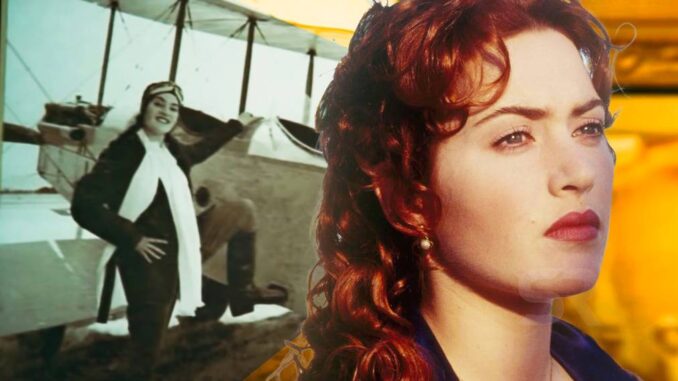
The Breath of Freedom: One Detail That Proves Rose Chose Her Own Life After Jack
The sinking of the Titanic remains a captivating tragedy, but James Cameron’s film elevated it to a timeless love story. While the romance between Jack Dawson and Rose DeWitt Bukater is undeniably central, the film subtly reveals that the true narrative isn’t about their love, but about Rose’s journey to self-discovery and liberation. One seemingly insignificant detail, often overlooked amidst the drama, the drowning, and the "heart will go on," acts as a powerful testament to the fact that Rose did, in fact, get the life she wanted with Jack: the collection of black and white photographs displayed in Rose's stateroom on the Keldysh. These aren't just pictures; they're visual proof of a life lived on Rose's own terms, a life brimming with the adventures she dreamed of, a life inextricably linked to the freedom Jack ignited within her.
Before Jack, Rose was a gilded cage bird, suffocating under the weight of societal expectations and her mother's desperation. Engaged to the cruel and controlling Cal Hockley, she was destined for a life of wealthy misery, a prisoner of Victorian etiquette and a loveless marriage. Jack, a starving artist with a heart full of wanderlust, showed her a glimpse of a different existence, a life driven by passion, spontaneity, and authentic connection. He taught her to spit, to dance with abandon, and most importantly, to see the world with new eyes. He whispered promises of adventure and a life unfettered by societal chains. While Jack physically perished in the icy waters, the spirit of those promises, the seed of rebellion he planted, lived on within Rose.
And that's precisely what the photographs in her cabin reveal. They aren't just snapshots of a woman enjoying her life; they're a meticulously curated narrative of a woman actively choosing her own destiny. We see Rose piloting a plane, a symbol of her soaring spirit and her embrace of modern technology, a far cry from the restrictive world of horse-drawn carriages and societal constraints. Another image shows her riding horseback, a testament to her physical freedom and her connection to the natural world. She is clearly a woman who has embraced action and adventure, defying the limitations placed upon women of her era. These photographs, presented in stark black and white, feel authentic, almost like a forgotten time capsule. They’re not posed portraits; they’re glimpses into a life fully lived, a life that screams independence and self-determination.
Furthermore, the very act of displaying these photographs suggests a deliberate act of remembrance and self-affirmation. Rose, a centenarian reflecting on her long life, has chosen these specific images to tell her story. They are the fragments of a life built on the foundation of freedom and adventure, the very ideals that Jack instilled in her. By choosing to showcase these moments, Rose is asserting the validity of her choices, celebrating the life she carved out for herself, and implicitly acknowledging the profound impact Jack had on her journey. The photographs are a silent dialogue between her past and her present, a visual reminder that she honored Jack's memory not by clinging to grief, but by embracing the life he encouraged her to live.
Some might argue that Rose’s life after the Titanic was simply a consequence of her survival, a path dictated by circumstance. But the photographs speak to a deeper truth. They are not random, passive recordings of a life unfolding. They are deliberate choices, carefully composed and proudly displayed, reflecting Rose’s agency and her unwavering pursuit of the freedom Jack ignited within her. They represent a conscious decision to break free from the shackles of her past and to embrace a life of adventure, independence, and self-discovery.
In conclusion, the seemingly mundane detail of the black and white photographs in Rose's cabin on the Keldysh offers a powerful insight into the lasting impact of Jack Dawson on her life. They are not just souvenirs; they are evidence of a life lived on her own terms, a life infused with the spirit of adventure and freedom that Jack so passionately embodied. More than just a love story, Titanic is a story of transformation, and these photographs are the visual confirmation that Rose ultimately embraced the life she wanted, a life shaped by the brief but transformative connection she shared with Jack, proving that even in tragedy, the seeds of freedom can bloom into a life beautifully, and defiantly, lived.
